I am struggling to average my data into monthly mean taking into account that the data can represent two months (and years), and there are empty periods. Thus a need to weigh the samples accordantly, i.e. a sample with 2 days in one month and 5 in the next should have 2/7 and 5/7 weight, respectively. I have tried to first reindex to daily data and then resample, but problems with empty periods (do not want to fill these) and irregular sampling periods. Surly I can calculate the duration for each periods (end-start), but not sure if that helps because also need to know the split between months.
Here is part of the data:
start end conc
26.12.2019 07:00 03.01.2020 07:00 0.235
03.01.2020 07:00 14.01.2020 07:00 nan
14.01.2020 07:00 20.01.2020 07:00 0.032
21.01.2020 07:00 29.01.2020 07:00 1.601
29.01.2020 07:00 06.02.2020 07:00 0.815
06.02.2020 07:00 10.02.2020 07:00 nan
10.02.2020 07:00 20.02.2020 07:00 3.029
20.02.2020 07:00 28.02.2020 07:00 2.158
28.02.2020 07:00 09.03.2020 07:00 0.784
09.03.2020 07:00 18.03.2020 07:00 0.304
The results should be:
jan.2020 0.829
feb.2020 2.128
